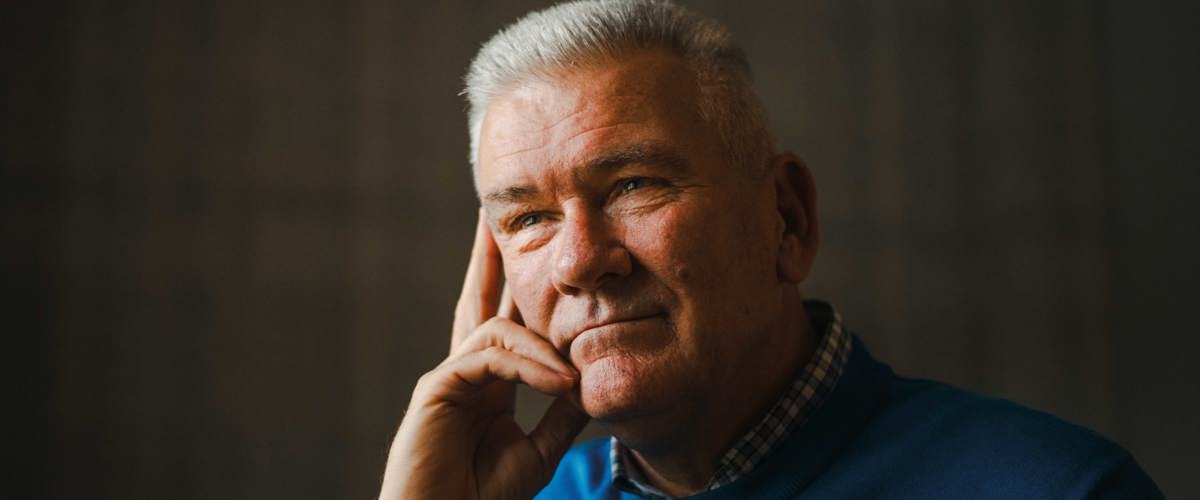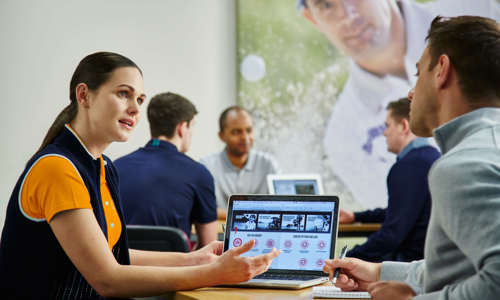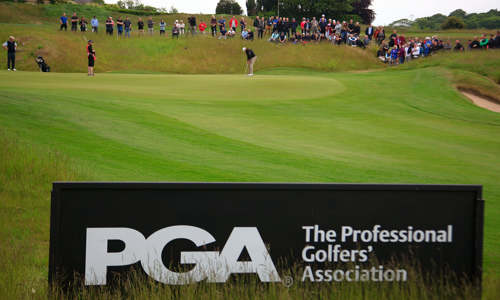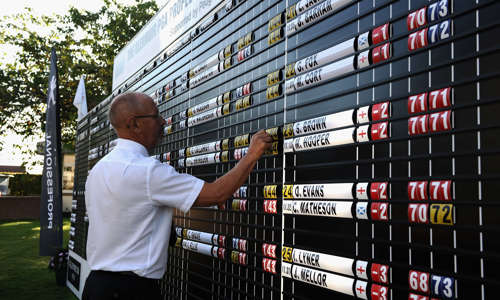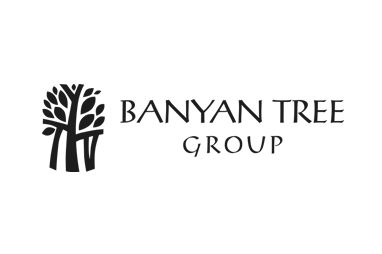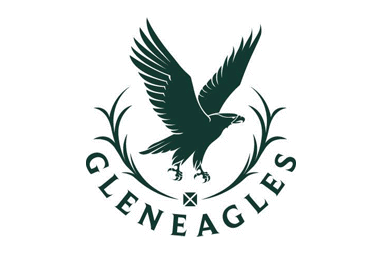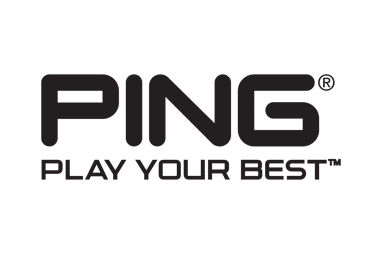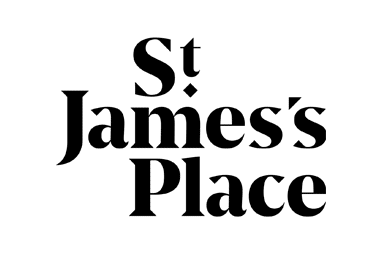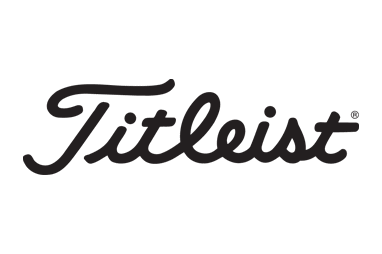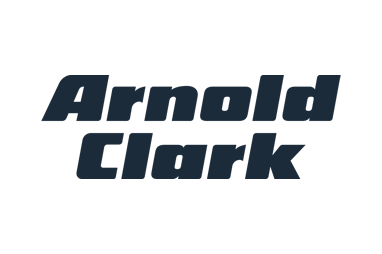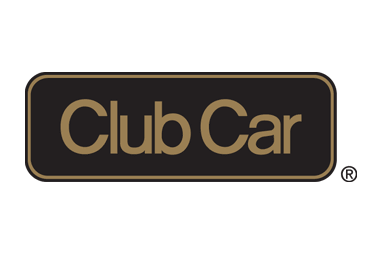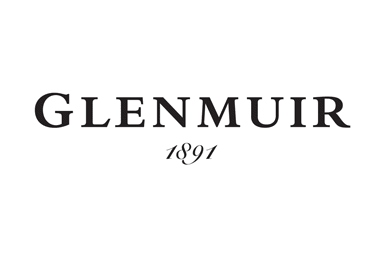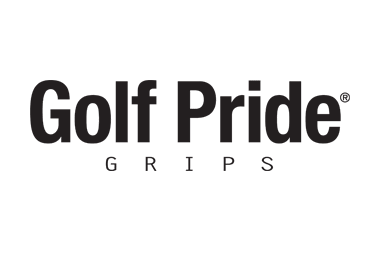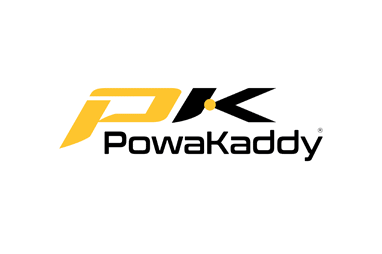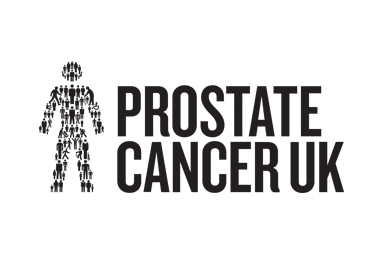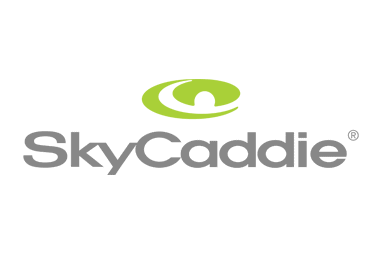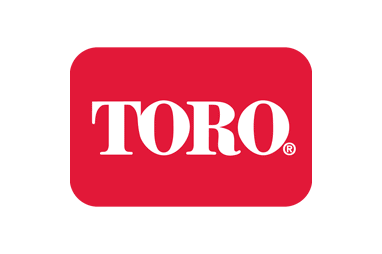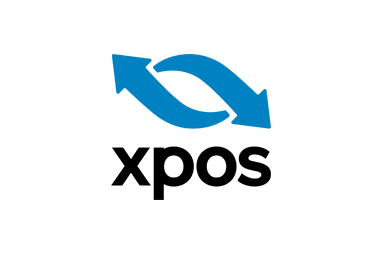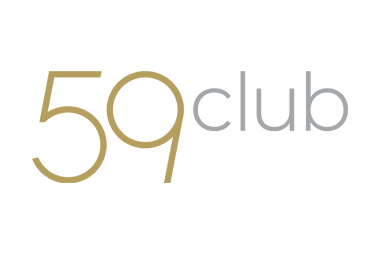What do you remember about coaching Seve?
The first time I coached Seve was at a corporate day. Ewan suggested to Seve that I look at his swing as he was struggling. Seve quite liked what I said, we ended up doing a little bit of work together and he played a bit better which was nice. Then at the Spanish Open in Madrid in 1995 Seve was asking Ken Brown about his swing. Ken would acknowledge his expertise is more in the short game and he spotted me and, again, suggested that I got involved.
In short, Seve had misdiagnosed what he was doing wrong. His destructive shot was a pull hook, which is often caused by an out-to-in swing path, with a closed face to that path, and Seve assumed it was and was working on swinging more to the right. But there are occasions where an extremely closed face can cause the ball to start left even when the swing path is to the right – and this was the case here.
I explained this but he needed proof so I placed a headcover just outside the ball, blocking an out-to-in swing path. He flushed the first shot dead straight and said: “You’re a very clever man. You have cured me but you are completely wrong in your analysis, you have put the headcover down to prove I’m not swinging to the left, but seeing it there stops me swinging left and the ball goes straight.”
I explained the shot was a one off and asked him to hit some more and, before long, he hit one of the pull hooks, starting 40 yards left with hook and the headcover was still sitting there. I repeated that it was a double closed clubface and that he wasn’t swinging to the left as he would have hit the headcover.
“Maybe I came over the headcover?” I politely pointed out that he’d picked the ball cleanly off the tee and, had he come at a steep enough angle to come over the headcover, he would have squashed the tee into the ground. Then we started to work on fixing it. He actually won the tournament, and I’m not saying he hit everything dead straight but he played a little bit better than he would have done and it was a dream come true to coach my hero. It turned out to be his last win as a professional.

